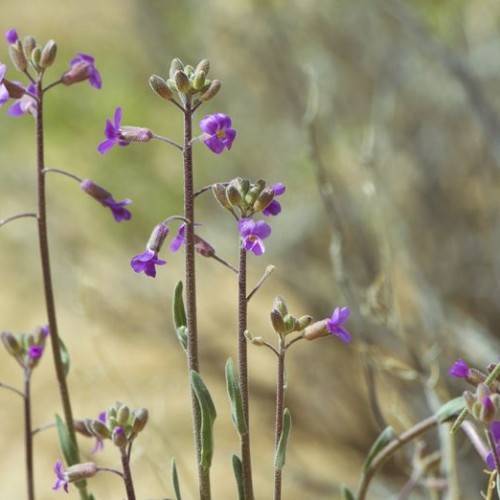
Soldier Rockcress
Boechera drepanoloba
Watering:
Minimal
Hardiness Zone:
Flowers:
Flowers
Sun:
full sun,part shade
Fruits:
Fruits Ready In Fall
Leaf:
Yes
Growth Rate:
Low
Drought Tolerant:
Yes
Care Level:
Medium
watering
Depauperate Rockcress (Boechera depauperata) should be watered every 5-7 days. The amount of water may vary depending on the time of year, the weather and the soil type. During the warmer months of the year, it is important to ensure that the soil is kept constantly moist, but not soggy. Too much water can cause root rot, so take care not to over-water. During the cooler months, plant growth slows down and less water is required. Ensure that the soil around the base of the plant is allowed to dry out slightly between waterings.
sunlight
Depauperate Rockcress (Boechera depauperata) prefers full sun or light shade. Plants should be exposed to10 to 12 hours of direct sunlight each day throughout the growing season, from mid-spring to late fall. If the temperature is often above 85°F, light afternoon shade may be beneficial. In areas with hot summers, plants may require more protected spots with afternoon shade.
pruning
Depauperate rockcress should be pruned once a year in late fall to early winter. Pruning should be light, removing only any broken and dead branches. Excessive pruning should be avoided as it can reduce flowering and truncate the plant’s growth. Prune lightly to maintain the desired size and shape of the plant for the next growing season. Pay attention to areas where 2 branches cross 1 another, as these can lead to weak branches. Use sharp, sterilized pruning shears for all cuts.
